Salvaging And Rebuilding A Flooded Home After A Hurricane
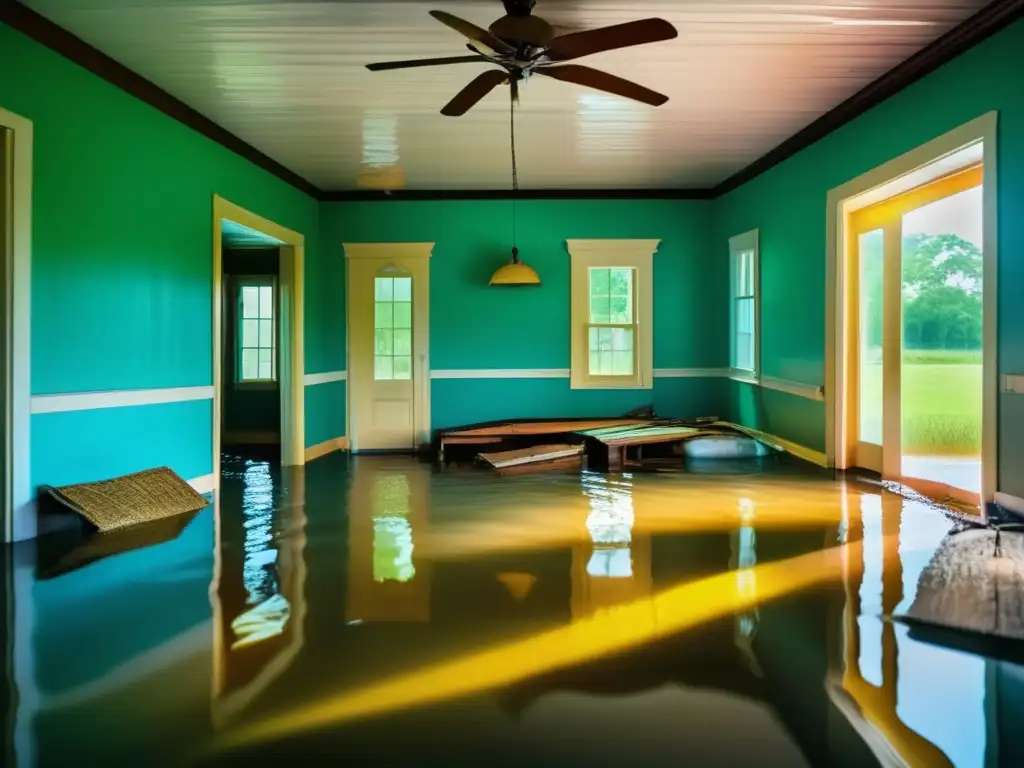
Salvaging and Rebuilding a Flooded Home After a Hurricane
Introduction
One of the most devastating effects of a hurricane is flooding. When a hurricane hits, it can cause major water damage to homes and buildings. The aftermath of a hurricane can be overwhelming, particularly for homeowners facing the daunting task of rebuilding their flooded homes. Salvaging and rebuilding a flooded home after a hurricane requires careful planning and execution. In this article, we will provide basic knowledge and practical tips for homeowners on how to salvage and rebuild their homes after a hurricane.
The Impact of Flooding on Homes
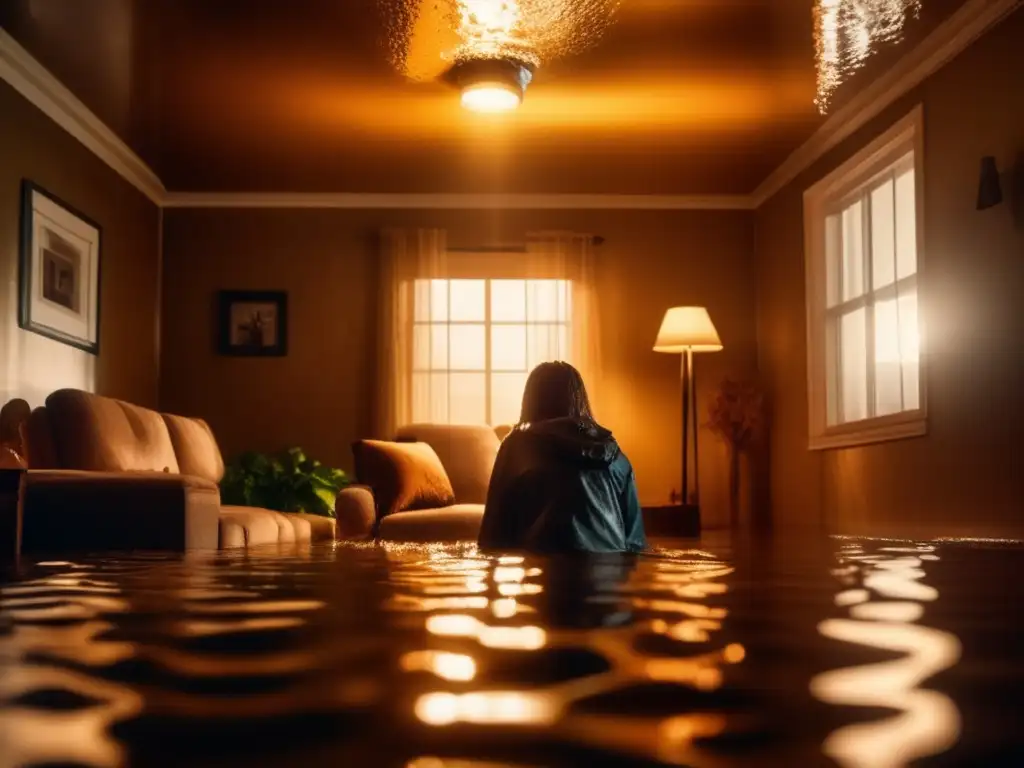
Water Damage
Water damage is one of the most significant impacts of flooding on a home. The water can penetrate walls, floors, ceilings, and other structures, causing structural damage to the building. Water damage can also lead to mold growth, which can pose health risks to individuals living in the home.
Electrical Damage
Flooding can also cause electrical damage to a home. Electrical components that have come into contact with water may short circuit and become a fire hazard. It is crucial to turn off the home's electricity before entering a flooded home.
Contamination
Floodwaters can be highly contaminated with bacteria, sewage, and other pollutants. These contaminants can pose serious health risks to those exposed to them. It is essential to wear protective gear like gloves, boots, and masks when entering a flooded home to avoid exposure to these contaminants.
Salvaging a Flooded Home

Assessing the Damage
The first step in salvaging a flooded home is assessing the damage. It is crucial to determine the extent of the damage to the home's structure, electrical, and plumbing systems. Homeowners should contact their insurance company as soon as possible to file a claim and begin the process of assessing the damage and determining coverage.
Removing Water and Debris
Once the damage has been assessed, the next step is to remove water and debris from the home. It is essential to remove the water as soon as possible to prevent further damage to the home's structure and contents. Homeowners can use pumps, wet/dry vacuums, and mops to remove the water and dry out the affected areas.
Cleaning and Disinfecting
After removing the water and debris, the next step is to clean and disinfect the affected areas thoroughly. Use a detergent solution to clean surfaces, walls, and floors to remove any contaminants. Disinfect the area using a bleach solution or other disinfectant recommended by professionals.
Air Quality Control
Floodwater can cause mold growth in the affected areas, which can be harmful to the occupants' health. To avoid this, homeowners should ensure proper air quality control in the affected areas. An air purifier can help remove excess moisture and prevent mold growth.
Rebuilding a Flooded Home

Hiring a Professional
Rebuilding a flooded home requires significant repairs that are best left to professionals. Homeowners should hire a reputable contractor with experience in post-disaster restoration work.
Permits and Building Codes
Before rebuilding your home, it is imperative to obtain the necessary permits from local authorities. Additionally, the contractor must adhere to building codes and regulations to ensure the home meets safety and structural requirements.
Replacing Building Materials
During rebuilding, it is essential to replace any damaged building materials. This includes drywall, insulation, flooring, and electrical and plumbing systems. Homeowners should choose materials that are resistant to water damage to prevent a repeat of the same issues in case of future flooding events.
Mitigating Future Flood Damage
To mitigate future flood damage, homeowners can take steps to prevent or reduce the damage caused by future floods. Measures like elevating the home, sealing foundation walls, and installing flood vents can all help reduce the risk of flood damage.
Frequently Asked Questions
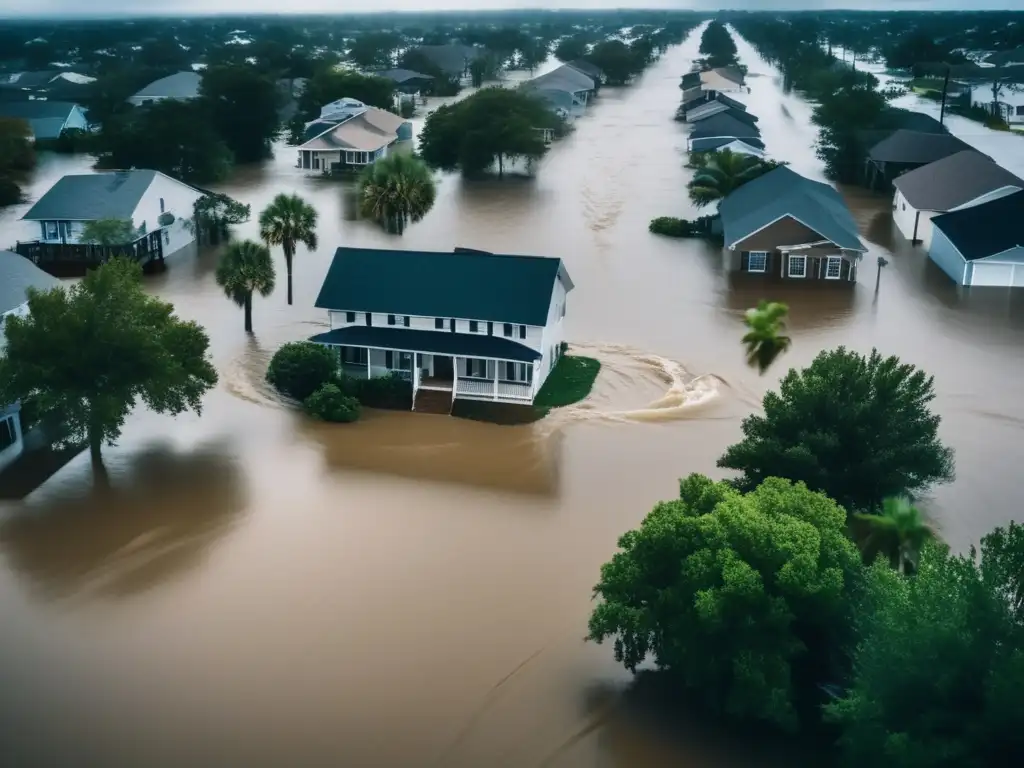
-
How long does it take to rebuild a flooded home?
The time it takes to rebuild a flooded home depends on the extent of the damage and the scope of the repairs. The process can take several months to complete.
-
Is flood damage covered by homeowner's insurance?
It depends on the homeowner's insurance policy. Standard homeowner's insurance policies do not cover flood damage. Homeowners must purchase separate flood insurance policies to cover flood damage.
-
Can I salvage my carpet after a flood?
It is possible to salvage carpets after a flood, but it depends on the extent of the damage. If the carpet has been submerged in contaminated water, it may be best to replace it. Carpets that have been wet for more than 48 hours are usually unsalvageable.
-
Do I need a professional to clean up after a flood?
While it is possible for homeowners to clean up after a flood, it is recommended to use professionals to reduce the risk of mold growth and other hazards. Professionals have the necessary equipment and expertise to ensure that the affected areas are thoroughly cleaned and disinfected.
-
How can I prevent future flood damage?
To prevent or reduce the risk of future flood damage, homeowners can take measures like elevating their homes, sealing foundation walls, and installing flood vents. Additionally, homeowners should consider purchasing flood insurance to cover any future flood damage.
Conclusion
Salvaging and rebuilding a flooded home after a hurricane can be a daunting task, but with proper planning and execution, homeowners can restore their homes to their pre-disaster state. It is essential to assess the damage, remove water and debris, clean and disinfect the affected areas, hire a professional contractor, and take steps to mitigate future flood damage. Homeowners should also ensure they have the necessary permits and follow building codes and regulations.
For those living in hurricane-prone areas, it is crucial to be prepared for hurricane season and take measures to protect their homes from flood damage. By taking proactive steps, homeowners can reduce the impact of flooding on their homes and property.
Thank you for reading this article. If you have any questions or comments, please leave them below. We encourage you to share this article on social media and subscribe to our website for more informative articles on hurricanes.
Additional Resources
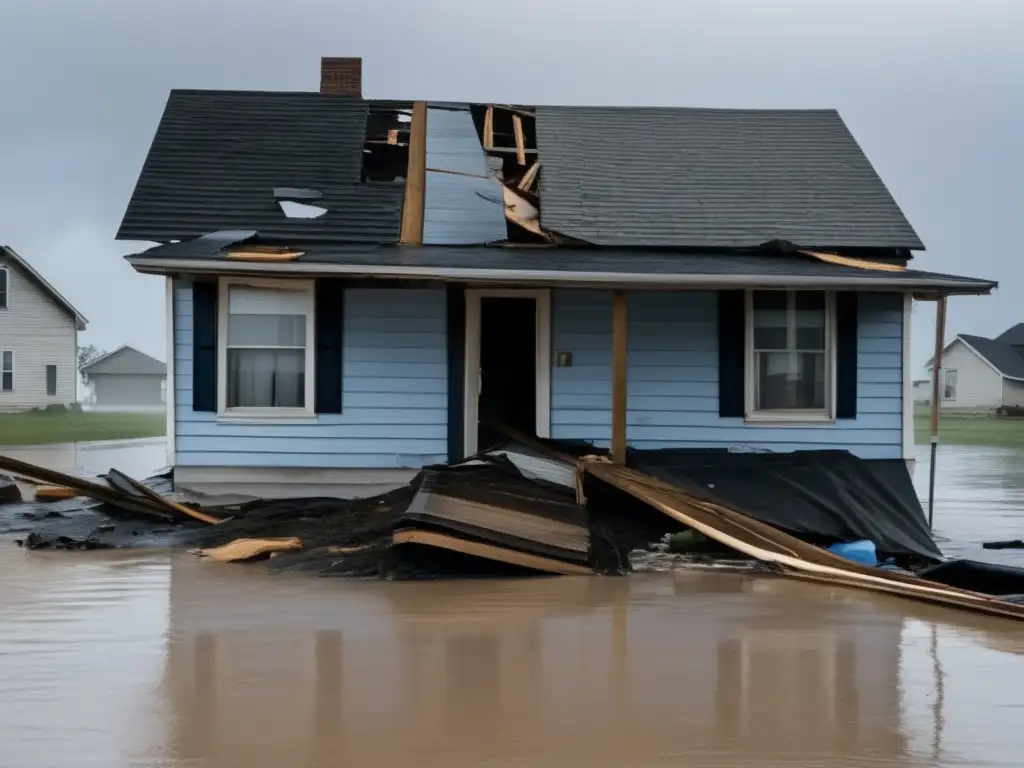
- National Flood Insurance Program (NFIP)
- Floods | Disasters and Emergencies | US EPA
- Flood Safety Tips and Resources | Red Cross
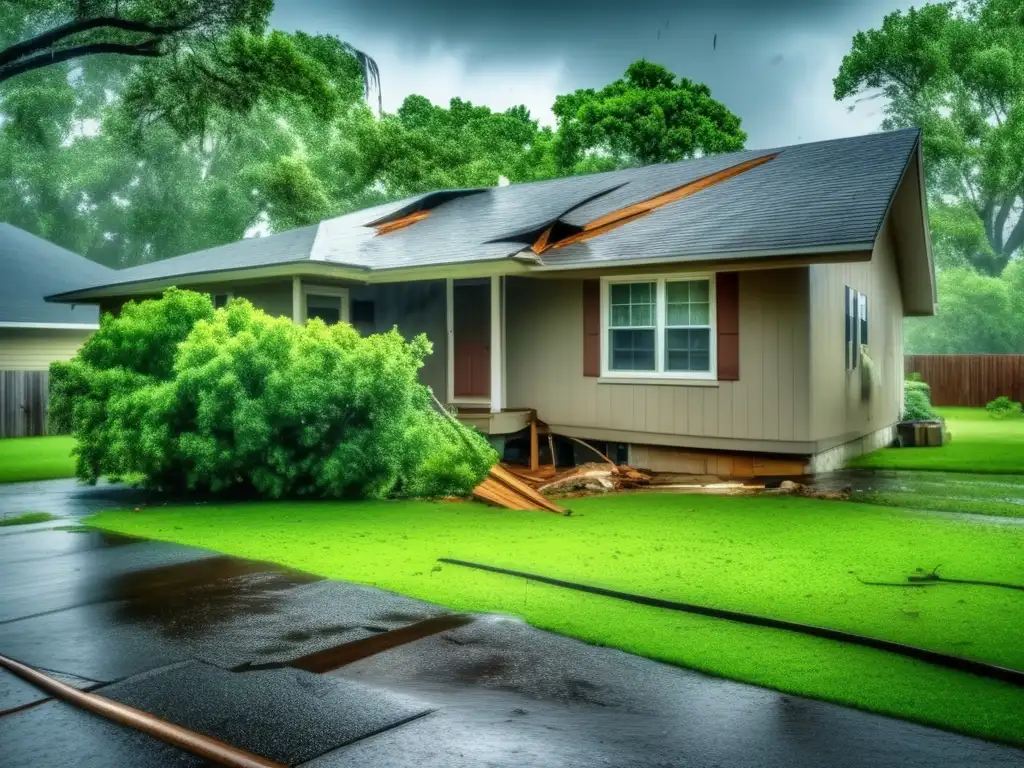 Home Inspections: Ensuring Safety After Hurricane Damage
Home Inspections: Ensuring Safety After Hurricane Damage Emotional Recovery: Counseling Options Post-Hurricane
Emotional Recovery: Counseling Options Post-Hurricane The Educational Impact: Schools And Learning After A Hurricane
The Educational Impact: Schools And Learning After A HurricaneIf you want to discover more articles similar to Salvaging And Rebuilding A Flooded Home After A Hurricane, you can visit the Hurricane recovery: category.
Leave a Reply

Articulos relacionados: